Image Processing Reference
In-Depth Information
table 11.1
Ewald Circle Sets with Accompanying Born
Reconstructed Images for a Series of Source/Receiver
Combinations All Totaling 216 Receivers (or Data Points) with
Random Spacing Applied to the Receiver Locations about Their
Original Equispaced Locations
Src
=
9; Rec
=
24
Src
=
12; Rec
=
18
Src
=
18; Rec
=
12
Src
=
36; Rec
=
6
Note:
Target used is a square with sides equal to 2
λ
and a permittivity of 1.5. Src,
source; Rec, receiver.
freedom, a randomness was injected into the receiver locations to address
aliasing. In this process, there came a point where it was difficult to distin-
guish the number of sources from the number of receivers that were actu-
ally present. It had begun to look more like as if it was a matter of the total
number of receiver points (and possibly their distribution) more than how
many sources there were, that is, perhaps the more important metric is the
total number of data points that are evenly distributed. This is illustrated in
Table 11.1. For each of the set of Ewald circles and image reconstructions, the
total number of receiver or data points is the same, which is 216. Because they
are randomly spaced (at least around their original locations), it is difficult to
distinguish between the Ewald circle sets since the resulting images appear
to be very similar in appearance. This would seem to suggest that possibly
the minimum requirement is not so much a function of the number of sources
and/or the number of receivers required, but more the total number of receiver
or data points equally but randomly spaced to fill the
k-
space area. If this is
the case, then it is possible that the minimum degrees of freedom may not be
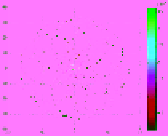

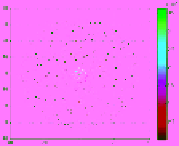
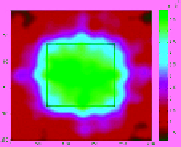
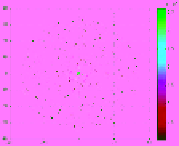
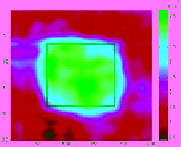
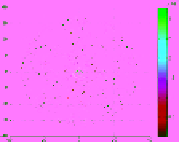
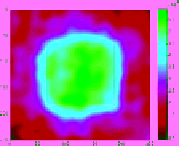


Search WWH ::

Custom Search